VARIETIES AND TYPES OF TEA
REGIONS
CHINA
JAPAN
TAIWAN
THAILAND
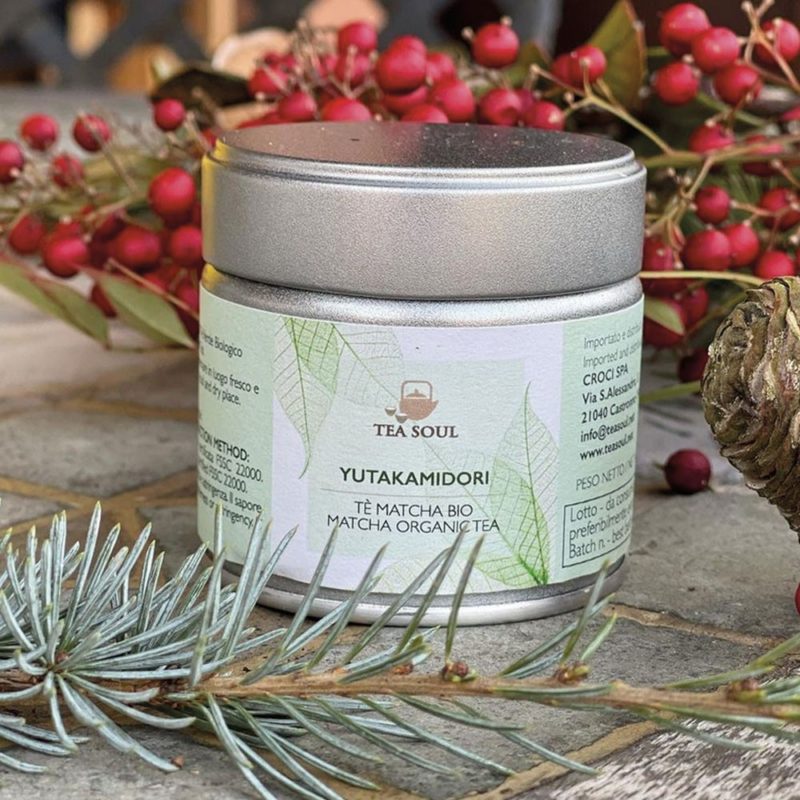
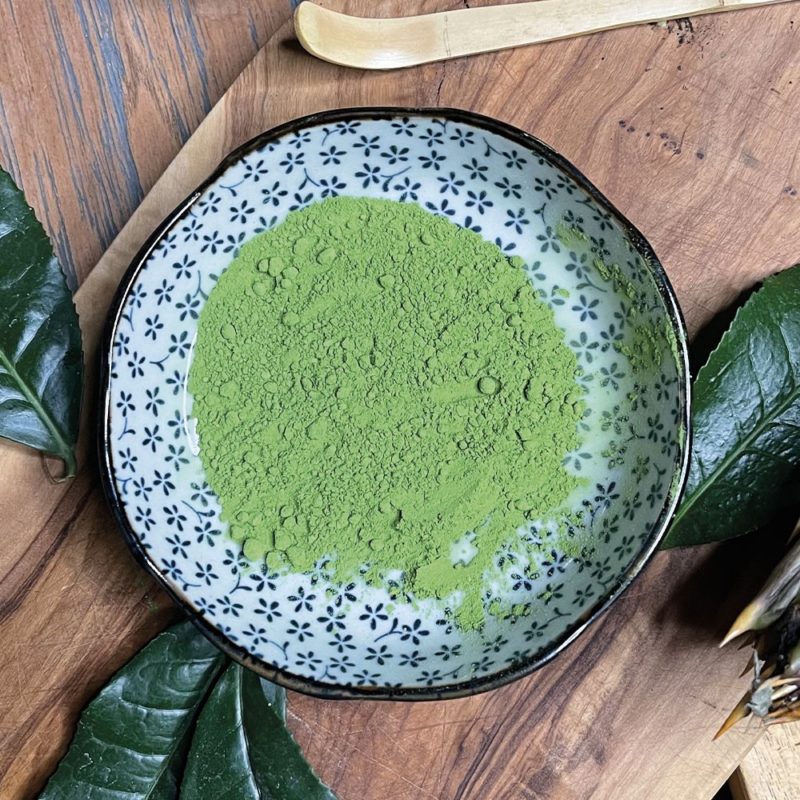
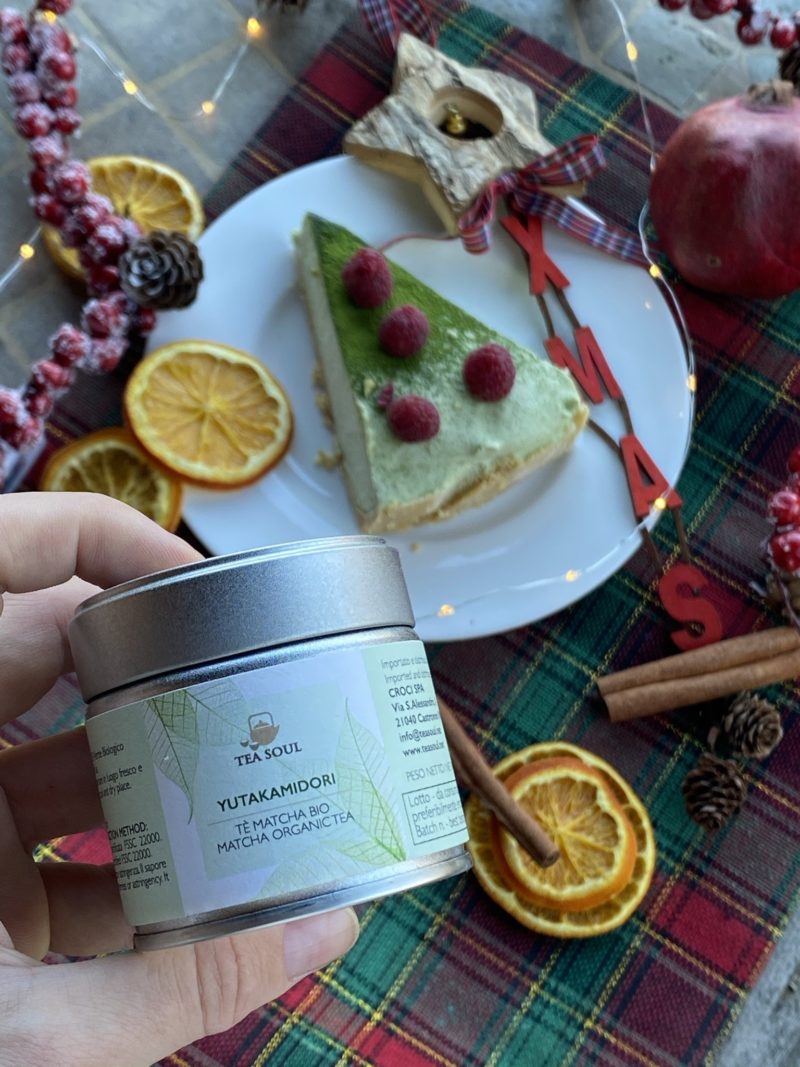

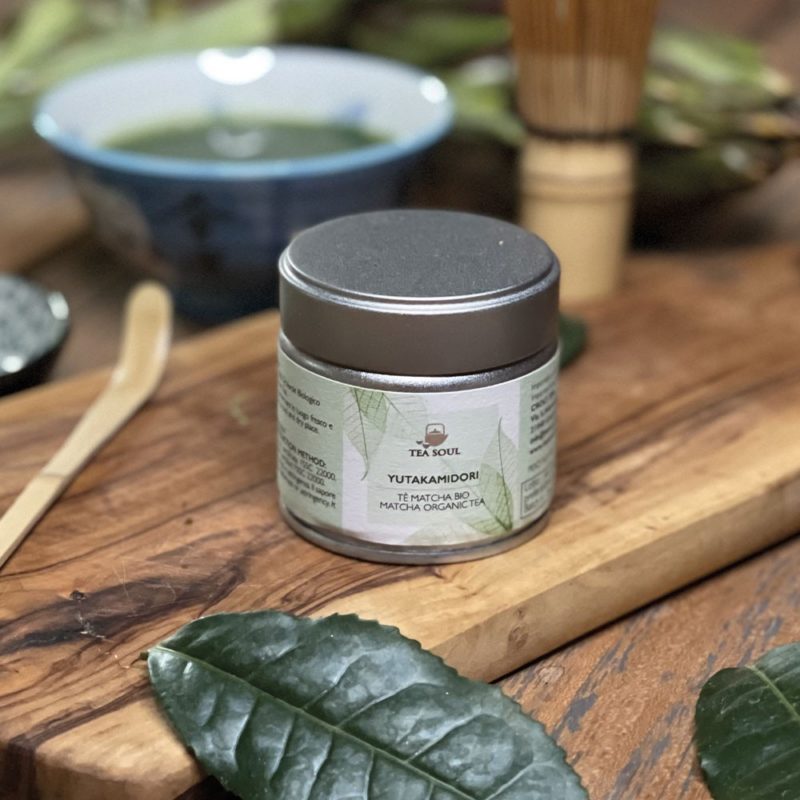
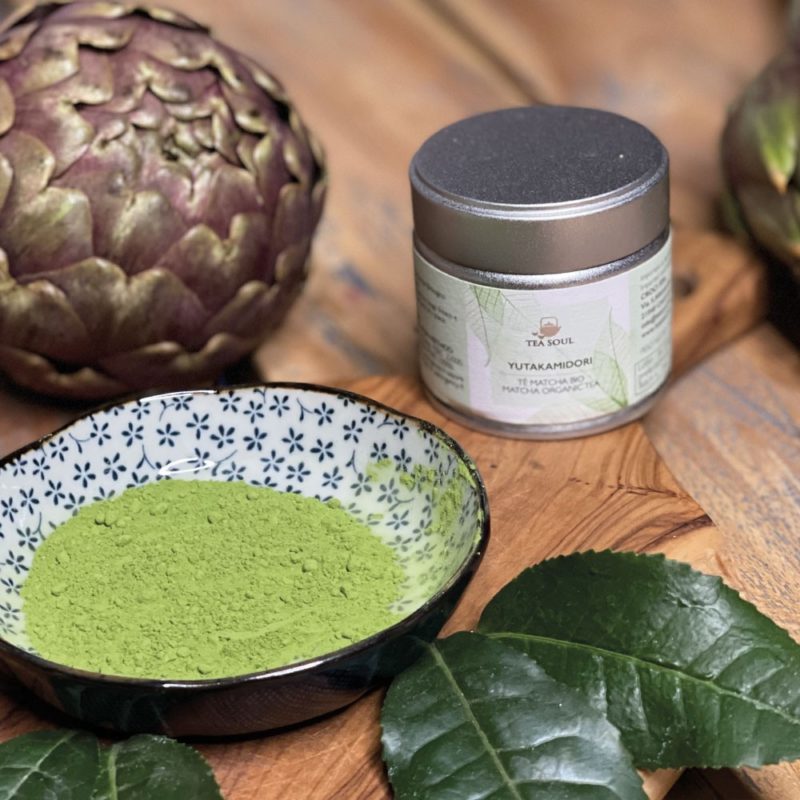

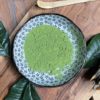



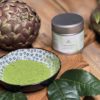
23.20€ Taxes included
Organic Matcha Tea Yutakamidori ceremonial grade from Japan has an authentic Matcha flavour.
In stock
Organic Matcha Yutakamidori green tea comes from the very famous cultivars of Yutakamidori, Saemidori, Okumidori. This indicates that different flavours are present, giving different taste facets to this extraordinary tea. The leaves of this tea are only processed according to ancient Chinese traditions. The tea is not bitter and has no particular astringency in the aftertaste. The infusion will be a dense, bright green.
Matcha tea has strong umami flavours, the fifth element of taste.
What might seem to be a passing fad, or the latest invention “of the food world”, is based on studies begun in 1908 in Japan by the scientist Kikunae Ikeda, who first began to talk about the presence of an additional taste beyond the four canonical ones.
Umami (旨み、旨味、うまみ), which means ‘tasty‘ in Japanese, is thus one of the five basic perceived tastes (the others being sweet, salty, bitter and sour) and indicates the taste of glutamate.
As well as being found in certain green and matcha teas of particular quality, it is also found in other foods such as: soy sauce, fresh and preserved fish, cheese and tomatoes.
| Weight | 0.35 g |
|---|---|
| Dimensions | 0.000000 × 0.000000 × 0.000000 cm |
| Feature - Caffeine | High Caffeine |

FOR THE BALANCE YING AND YANG

